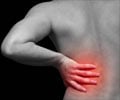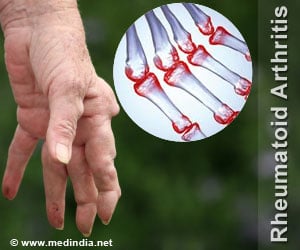An ancient acupuncture method can be successfully used to provide a long lasting pain relief, according to a new study.

Principal investigator Mark J. Zylka, PhD, associate professor in the Department of Cell and Molecular Physiology and the UNC Neuroscience Center, said this is a promising study that moves his lab's work with prostatic acid phosphatase, known as PAP, towards translational research.
Several years ago, Zylka and members of his lab documented how injecting PAP into the spine eased chronic pain for up to three days in rodents. The only problem was PAP's delivery.
"Spinal injections are invasive and must be performed in a clinical setting, and hence are typically reserved for patients with excruciating pain," said Zylka. Though he had never received acupuncture or researched traditional Chinese medicine, Zylka said recent research showing how acupuncture relieved pain caught his eye.
"When an acupuncture needle is inserted into an acupuncture point and stimulated, nucleotides are released. These nucleotides are then converted into adenosine," said Zylka. Adenosine has antinociceptive properties, meaning adenosine can decrease the body's sensitivity to pain. The release of adenosine offers pain relief, but for most acupuncture patients that relief typically lasts for a few hours.
"We knew that PAP makes adenosine and lasts for days following spinal injection, so we wondered what would happen if we injected PAP into an acupuncture point?" Zylka said. "Can we mimic the pain relief that occurs with acupuncture, but have it last longer?"
Advertisement
"Pinning down the mechanisms behind acupuncture, at least in animal models, was critical," said Zylka. "Once you know what chemicals are involved, you can exploit the mechanism, as we did in our study."
Advertisement
Zylka said PAP could be applicable to any area where regional anesthesia is performed to treat pain. And PAP has the potential to last longer than a single injection of local anesthetic—the class of drugs used in regional anesthesia.
"When it comes to pain management, there is a clear need for new approaches that last for longer periods of time," said Julie Hurt, PhD, a postdoctoral fellow in Zylka's lab.
Source-Eurekalert










